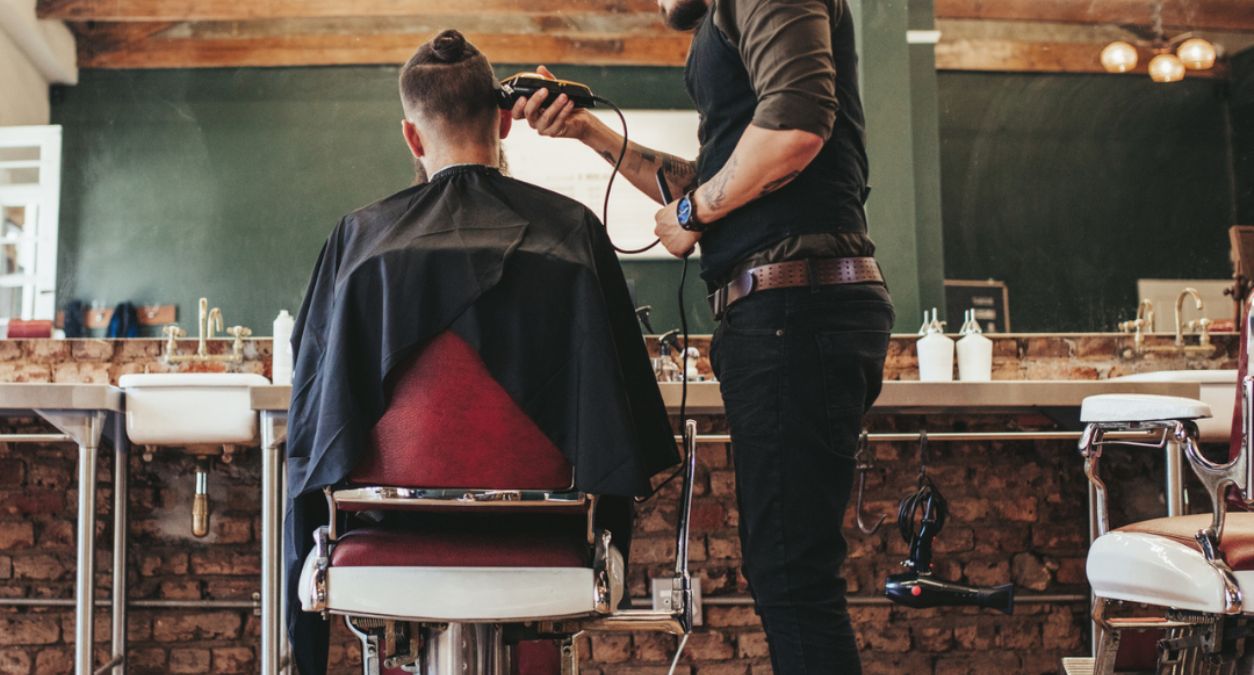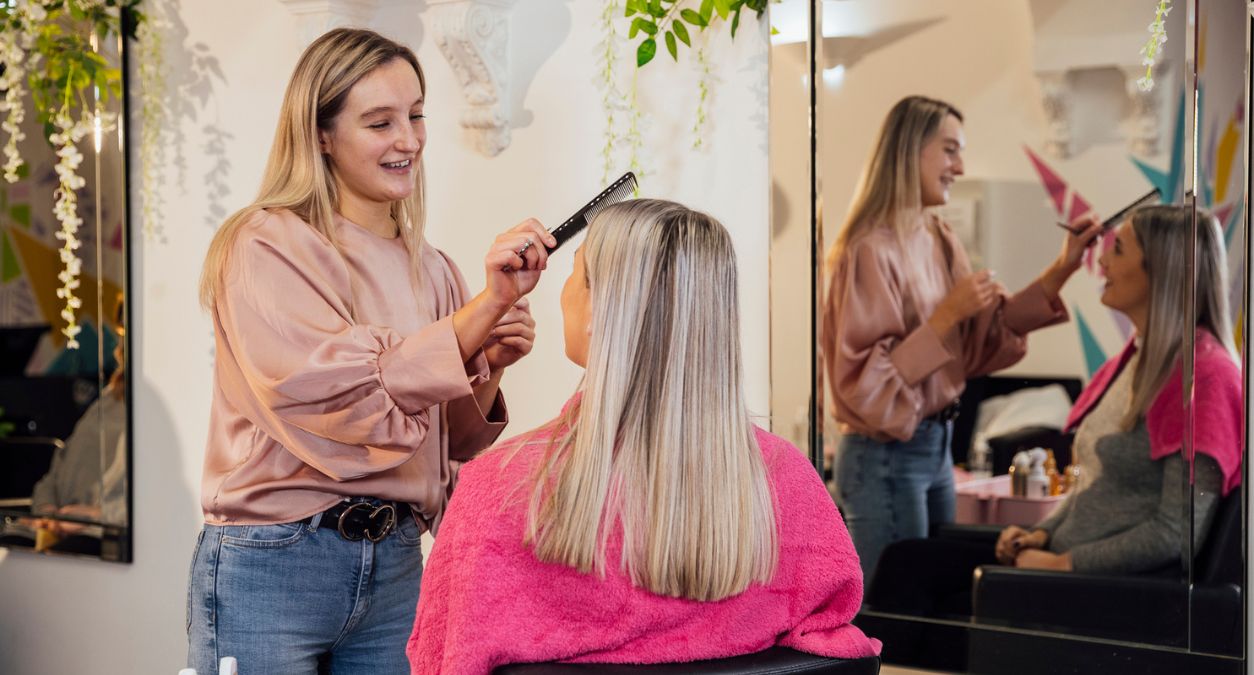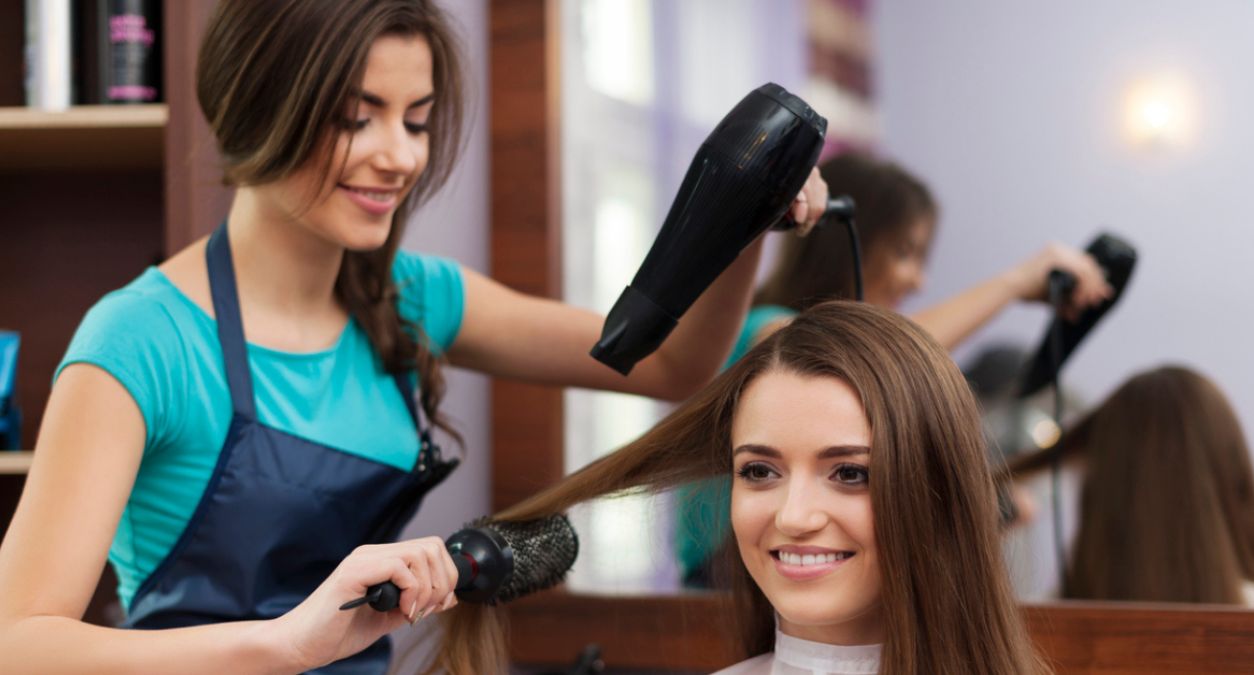Table of contents
Table of contents
Hair dyes are made from a range of ingredients which might, in some cases, irritate your client’s skin or cause an allergic reaction. Many permanent and some semi-permanent hair dyes contain a chemical called paraphenylenediamine (PPD), which is a known irritant and allergen.
Many clients won’t react to this, but it is important to assess this before applying a solution that will come into contact with your client’s skin. Because of this, patch testing has become standard practice for hairdressers, but why is it so important?
Protectivity is a specialist provider of Hairdressers Insurance and Barber Insurance. We cover thousands of individuals and small to medium size businesses across the UK each year.
Get Hairdressing Insurance from Protectivity
*Disclaimer – This blog has been created as general information and should not be taken as advice. Make sure you have the correct level of insurance for your requirements and always review policy documentation. Information is factually accurate at the time of publishing but may have become out of date.
Last updated by
















